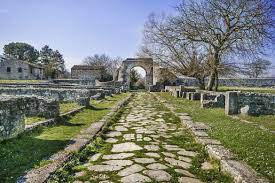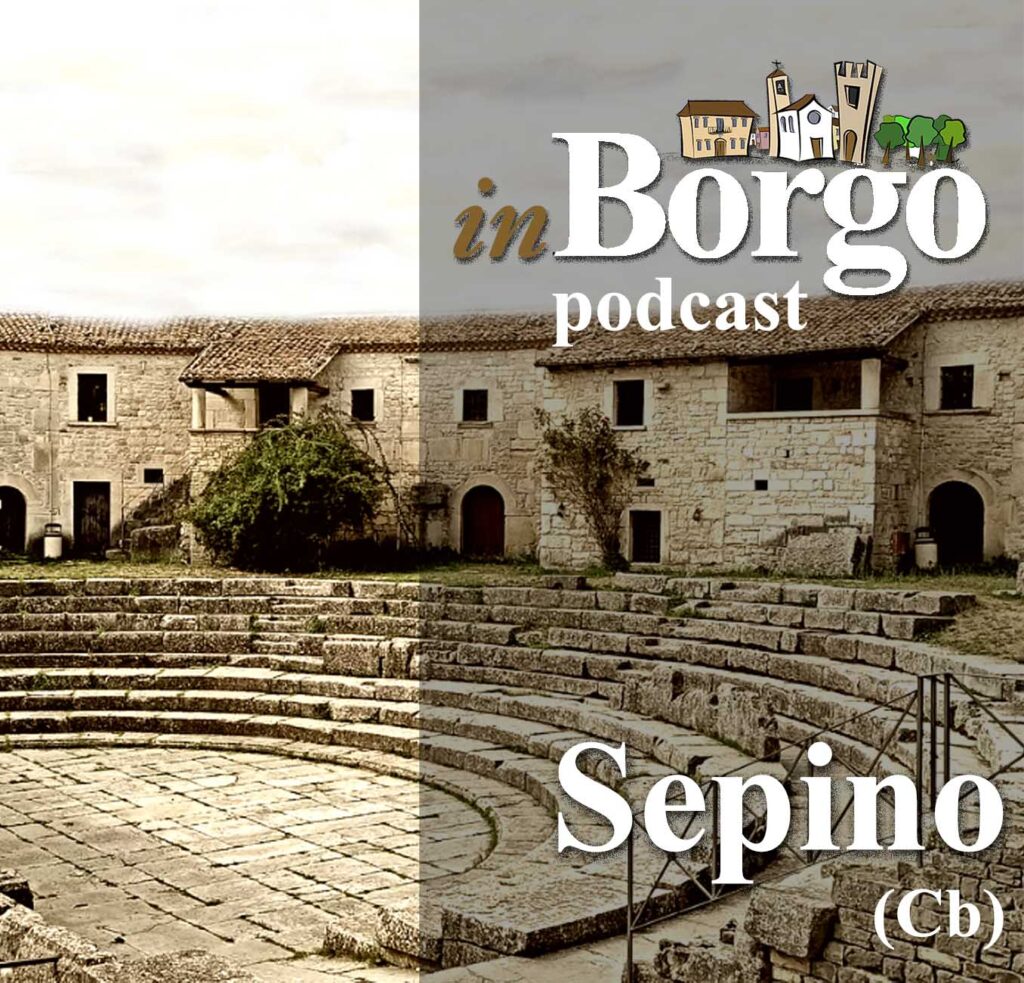Il villaggio esisteva già prima delle Guerre sannitiche nel IV secolo a.C.
Era a pianta trapezoidale con mura fortificate e una via principale per il foro e l’acropoli.
Con il principato di Augusto il borgo superiore di Altilia si spopolò e venne fondata più a valle una nuova città romana di nome Saepinum.
La città fu fortificata con numerose torri circolari, ben 25, e venne costruito un foro maggiore con la basilica.
Nel IV secolo la città entrò in crisi, dopo la caduta di Roma. La città fu invasa dai Goti e successivamente entrò a far parte del Ducato di Benevento. Nel IX secolo con le invasioni Longobarde la città romana si spopolò e fu fondata una nuova città fortificata più a valle, con castello e chiese.
dopo la caduta di Roma. La città fu invasa dai Goti e successivamente entrò a far parte del Ducato di Benevento.
Nel IX secolo con le invasioni Longobarde la città romana si spopolò e fu fondata una nuova città fortificata più a valle, con castello e chiese.
Nel XVII secolo il centro fu sempre florido e sviluppato, come dimostra anche la cultura dei signori feudatari, esempio è il Palazzo Attilio.
Diverse sono le chiese presenti nel piccolo borgo come Santa Cristina, quella di San Lorenzo e il convento della SS. Trinità.
Ma Sepino è conosciuta soprattutto per il suo sito archeologico.
È possibile ammirare i resti dell’abitato romano, come il foro, la basilica, Porta Bojano, le terme, il teatro, il Cardo e il Decumano, le mura, le maestose porte d’accesso.


